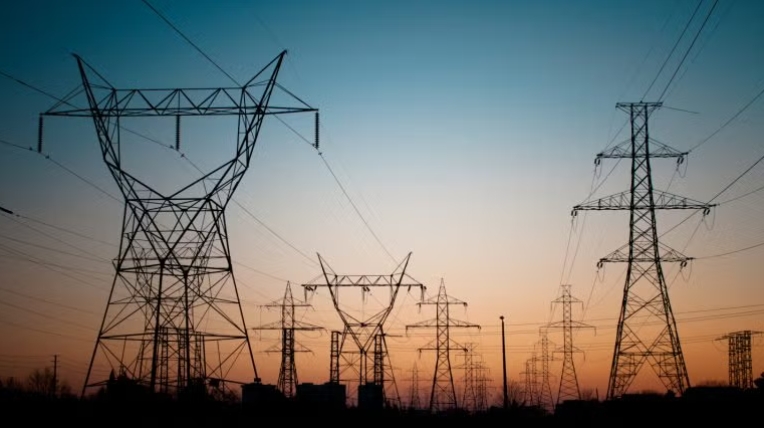
The projects comprise 39 uprates and 12 new construction proposals.
The selected projects include 39 upgrades to existing facilities, such as natural gas, nuclear, coal, and onshore wind, contributing 2.11 gigawatts of unforced capacity. Additionally, 12 new construction projects will provide 7.25 gigawatts, totaling 9.36 gigawatts. About 90% of these projects are expected to be operational by 2030, with the remaining projects completed by 2031.
The selection process evaluated 94 applicants using a scoring system that prioritized unforced capacity, in-service dates, effective load-carrying capability, and locations with high generation needs. Initially set to choose 50 projects, a scoring tie led to the inclusion of an additional project.
In 2022, the Federal Energy Regulatory Commission approved PJM’s shift to a “first-ready, first-served” interconnection process, replacing the previous “first-come, first-served” approach. Beyond the initiative, PJM plans to process approximately 62 gigawatts of additional projects in 2025 and 2026.
To address increasing electricity demand and retiring generators, PJM has introduced measures like improved automation and increased staffing, reducing its project backlog by 60%. The company is also collaborating with Google and Tapestry to implement AI tools, streamlining the planning process for connecting new energy resources to the grid.
PJM has secured Federal Energy Regulatory Commission approval to simplify access to unused interconnection service capacity for facilities unable to operate continuously. A reform package, endorsed by PJM stakeholders and pending Federal Energy Regulatory Commission review, aims to further streamline the interconnection process for replacement resources utilizing the capacity rights of retiring facilities.